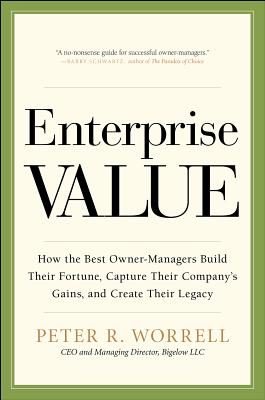Advantages or Disadvantages of Contribution Margin Analysis Chron com

First, the higher price reduces the breakeven quantity. The company gets a higher contribution margin per unit. Since total costs remain unchanged, the company has to sell less volume to cover it. A company sells a product for $12,000 per unit.
What are the risks of break-even analysis?
Limitations of breakeven analysis
Variable costs do not always stay the same. For example, as output rises, the business may benefit from being able to buy inputs at lower prices (buying power), which would reduce variable cost per unit.
It helps you estimate how much revenue you need to cover your fixed and variable costs, and how much profit you can make at different levels of sales. However, break-even analysis has some limitations, especially in uncertain or dynamic markets, where costs, prices, and demand can change rapidly and unpredictably. In this article, you will learn about some of these limitations and how to overcome them.
What are the advantages and disadvantages of break-even analysis?
In addition, it’s a good idea to do a break-even analysis when you’re creating a new product, particularly if it’s particularly cost-intensive. Second, you can predict the impact of changing prices and costs on business profitability and sales targets. In general, the lower the fixed costs, the less the breakeven volume.
Absorption Costing vs. Variable Costing: What’s the Difference? – Investopedia
Absorption Costing vs. Variable Costing: What’s the Difference?.
Posted: Sat, 25 Mar 2017 20:53:12 GMT [source]
The angle formed at the point of intersection of the total cost and the sales lines is called the angle of incidence. Co-ordinates on the graph are to be drawn first. The X axis represents output in units and the Y axis represent costs and revenue.
Benefits and Limitations of Break-Even Analysis Financial Management
Variable costs are costs that rise and fall in direct proportion to the number of units produced, for example, raw materials used in production, direct labour. It is a calculation of how many units a company has to produce and sell to recover its total costs. Variable costs are costs that rise and fall in direct proportion to the number of units produced, for example, raw materials used in production or direct labour. The management exercises the cost control because it shows the relative importance of the fixed costs and the variable cost.
What is one disadvantage of break-even analysis quizlet?
The model assumes that all output is sold, different factors can affect this. As markets are dynamic and Break even analysis is based on the future(doesn't mean its going to happen), even if your estimates are accurate, something else can ruin this and your estimates.
In break-even chart analysis, no proper policy is complied with while classifying the costs. Break even charts indicate profitability of various products and plants in addition to exhibiting the breakeven point. This chart is also termed as profit path chart. It is prepared in the case of business concerns which are engaged in the production of two or more products. From the point of view of methods of preparation and purpose for which the chart is prepared, break even charts may be various types.
Break-Even Analysis:
(iii) The price of the product is assumed to be constant. This means that company E has to produce 9 e-bikes a month to reach the break-even level. The management can understand more information from the break-even chart than Profit and Loss Account and Cost Statements. Although it can cope with changes in circumstances, these factors change regularly reducing its usefulness as a forecasting tool.
- Businesses can even develop cost management strategies to improve efficiencies.
- The company gets a higher contribution margin per unit.
- He currently researches and teaches economic sociology and the social studies of finance at the Hebrew University in Jerusalem.
- Calculating the break-even analysis is useful in determining the level of production or a targeted desired sales mix.
- In spite of the above limitations, the break-even chart helps the management to take valuable and quality decisions.
The calculation is useful when trading in or creating a strategy to buy options or a fixed-income security product. It can be sound and useful only if the firm in question break even analysis advantages and disadvantages maintains a good accounting system. (vi) It assumes constant rate of increase in variable cost. (iv) The volume of sales and volume of production are equal.
What are the 5 assumptions of break-even analysis?
There are 5 components of Break Even Analysis. They are: fixed costs, variable costs, revenue, the contribution margin and the break-even point. Fixed costs entails expenses that do not vary with changes in the level of production or sales. However, variable costs do change with the level of production or sales.